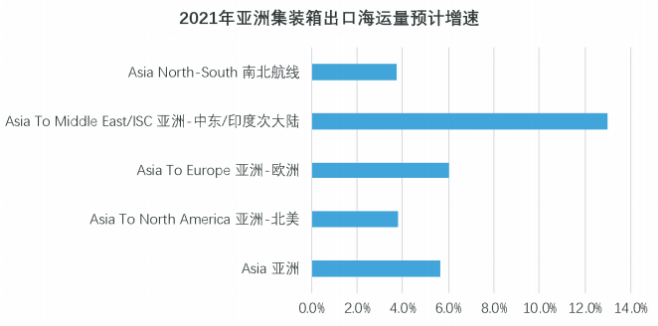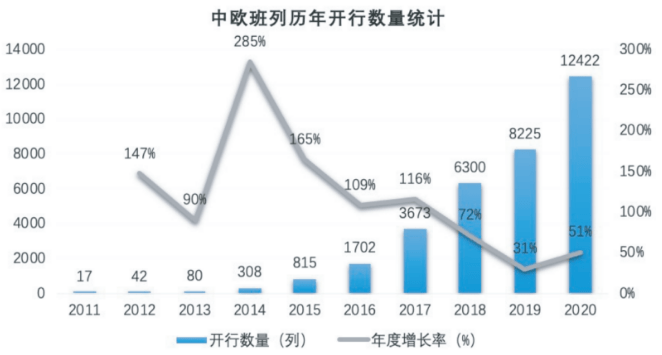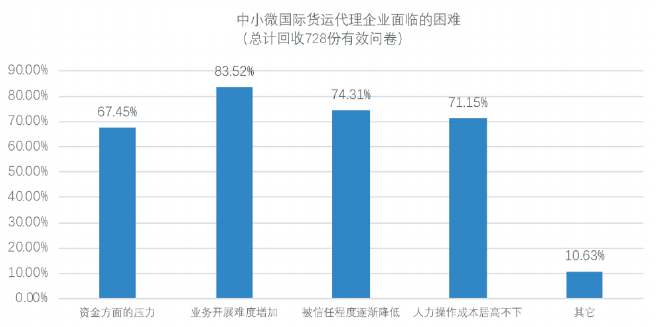
Anhui Jinyuan Household Arts Co., Ltd
Products using green production materials, hand woven high-end craft home, outdoor home based.
On May 25, 2021 new international logistics ecological summit was held in Shanghai, and the report on the digital development of international logistics industry was released at the meeting. The report is jointly organized and released by Shanghai International Shipping Research Center, China Communications Information Center, China International Freight Forwarder Association and where to transport it.
The report shows that international trade will usher in opportunities such as regional integration and cross-border e-commerce in the post epidemic era. International logistics will accelerate the realization of digital transformation and development, showing four trends: popularization of digital services, ecological development of digital development, integration of service content and integration of online and offline.

The comprehensive popularization of international logistics digitization has become the consensus of the industry. As high as 76.93% of the practitioners believe that the international logistics industry can achieve more extensive application and penetration of digital technology and services within five years at the latest.
Regional economic integration accelerates development, industry rethinks the disadvantages of super long supply chain
Affected by the novel coronavirus pneumonia, the international logistics market has seen massive price rise, explosion and lack of cabinets since the second half of 2020.
The composite index of China's export container freight rate rose to 1658.58 points at the end of December 2020, a new high in the past 12 years. Although the freight rate declined slightly after the Spring Festival, the sudden Suez Canal incident once again led to the shortage of transport capacity, and the price of centralized transportation reached a new high.
In the past, the manufacturing industry used to reflect the value of international division of labor and international trade with long supply chain (such as the integration of manufactured products into parts from many places around the world), and constantly sought to improve scale efficiency through large-scale ships.
However, the occurrence of COVID-19 and the Suez canal incident led the industry to reflect on the rationality of the super long supply chain and the super large scale transport capacity, and to explore the enhancement of the security of transportation services through digitalization technology.
With the successful signing of regional comprehensive economic partnership agreement (RCEP) and the completion of China EU comprehensive investment agreement (CAI) negotiation, regional economic integration has become a major trend. To ensure the stability and risk control of the international supply chain, we should match the industrial chain and supply chain in the region, and ensure the reliability of production and the effectiveness of transportation capacity in extreme cases.
The data shows that there is great potential for the growth of shipping volume in Asia, and the shipping volume of container exports in Asia is expected to increase by 5.6% in 2021. Among them, routes from Asia to the Middle East / Indian subcontinent grew faster.

(source: Clarkson. Arranged by the report publisher)
Although the new container shipbuilding market is prosperous for a short time, there is a latent crisis.
Due to the historical low shipbuilding price, the brilliant performance of container shipping market, and the new round of optimizing fleet capacity of liner companies, new ship orders began to rebound in the fourth quarter of 2020, and the new orders of over 15000 TEU super large container ships reached the peak in the first quarter of 2021.
On the one hand, with the soaring prices of iron ore, steel and other raw materials, the performance risk of many new shipbuilding orders is increasing; On the other hand, with the acceleration of regional integration, the demand for main ship types will favor small container ships below 6000teu. At the same time, with the easing of the epidemic and the increase of return containers and new containers, new ships may lead to excess capacity again in the future.

(
Source: Clarkson. Arranged by the report publisher)
Rising against the trend, China Europe trains and cross-border e-commerce logistics grew rapidly
The epidemic has led to a sharp rise in international shipping prices and full shipping space. Many Chinese export enterprises are also looking for new modes of transportation.
Among them, China Europe train has shown a rapid growth trend. In 2020, the number of trains between China and Europe will reach 12400, exceeding 10000 for the first time in a single year, with a year-on-year growth of 51%; 1.135 million TEUs, a year-on-year increase of 56%; The comprehensive rate of heavy containers to and fro reached 98%. By the end of 2020, the number of China Europe trains will have exceeded 33000, reaching more than 90 cities in more than 20 countries on the European continent.

(source: network of China Railway Corporation. Arranged by the report publisher)
At the same time, under the catalysis of the epidemic, the Internet consumption of overseas users has increased rapidly, and cross-border e-commerce has become a new growth point for stabilizing foreign trade.
In the case of a large number of aircraft suspended in the epidemic and Amazon FBA's restrictions on warehousing, the importance of overseas warehousing has become more prominent. Since 2020, the profits of the merchants who keep the goods in overseas warehouses have been obvious.
Cross border e-commerce sellers deliver goods to overseas warehouses directly, which greatly shortens the delivery time. Local logistics is used for final delivery, and the package trend can be tracked through digital technology“ "Overseas warehouse" will become a more mainstream cross-border e-commerce logistics mode.
The business pressure of small and medium-sized and micro freight forwarding enterprises is increasing rapidly, and digital empowerment is urgently needed
Large scale price increase, cabin explosion and lack of containers make the operating pressure of freight forwarding enterprises increase abruptly.
According to the survey of the report, 83.52% of the respondents believed that the implementation of the logistics plan was uncontrollable due to lack of containers, cabin explosion, delay and other reasons, which made it more difficult to carry out the business.
74.31% of the respondents believed that customers were increasingly seeking service certainty under the epidemic situation, while the logistics service guarantee provided by small, medium and micro freight forwarding enterprises was relatively weak, resulting in the gradual reduction of trust.
71.15% of the respondents believed that the labor cost remained high due to the rapid rise of labor wages and the traditional operation mode.
67.45% of the respondents believed that the sharp rise in freight costs led to a sudden increase in advance funds, making it difficult for enterprises to make capital turnover.
Under the influence of the epidemic, the difficulties of freight forwarding enterprises in business development, customer maintenance, human cost and capital turnover are highlighted. Therefore, some small and medium-sized and micro freight forwarding enterprises also began to seek changes, such as reducing costs with the help of digital technology, realizing transformation, or cooperating with industry giants and international logistics platform enterprises, so as to obtain better business empowerment.

(data source: report publisher)
With the rapid development of international logistics digitization, large amount of financing in the industry appears frequently
At present, great changes have taken place in the external environment, market demand and business model of the entire international logistics industry. Problems such as single service, high transportation cost, low efficiency of information exchange, opaque transportation process and low collaborative efficiency of various roles in the supply chain are highlighted.
Digital technologies such as e-commerce, Internet of things, cloud computing, big data, blockchain, 5g and artificial intelligence provide the possibility to break through the above bottlenecks.
For example, as a one-stop international intelligent logistics online service platform, "where to transport" uses e-commerce, big data, artificial intelligence, blockchain and other technologies to realize online booking, paperless documents, automatic order operation, and the sharing and cooperation of shippers and shippers. It also connects the upstream and downstream transportation resources of the industry through API interface to open up the data island, Build an end-to-end intelligent international logistics transportation platform.
The role of international logistics industry, such as the third-party platform, shipping companies, freight forwarders and port enterprises, has been exploring various types of digital applications. Because of the influence of COVID-19, their demand for digital applications has become more urgent, and they are developing towards the accelerated maturity stage of "Gartner technology maturity curve".
According to the report, international logistics digital enterprises are constantly emerging, covering multiple transportation modes, single transportation mode, transformation and upgrading of traditional international logistics enterprises, tool enterprises and other dimensions.
In the field of transportation services, many domestic and foreign enterprises choose a single mode of transportation as the entry point, while the comprehensive logistics service with relatively high threshold is less.
At present, international logistics digital enterprises mainly develop from transaction matching to providing logistics integration scheme and performance guarantee. Nowadays, some enterprises in the middle and late development stage have been laying out offline resources such as overseas logistics nodes, yards, warehouses and trailers to ensure the stability and reliability of logistics services.
At the same time, the upsurge of investment and financing in the field of international logistics digitization is also emerging.
After the development in recent years, the international logistics digital enterprises at the head of the segment track are sought after, the large amount of financing in the industry continues to emerge, the proportion of round B and subsequent financing rounds has increased significantly, and the capital has gradually gathered to the head.
For example, flexport, which was born in Silicon Valley of the United States, has raised a total amount of US $1.3 billion in less than five years; China's leading international logistics digital enterprise "yunquna" has just completed D1 round financing of US $100 million. In more than six years, the financing has reached seven rounds, with a total financing amount of US $250 million.
International logistics digitization will enter the fast lane, and it may be widely penetrated in five years
The digitalization of international logistics does not simply put off-line business on-line acceptance, but uses digital technology to reengineer the whole process of international logistics.
International logistics enterprises need to integrate upstream and downstream service resources through digital means to form a one-stop, standardized and integrated service capability, so as to provide more convenient, reliable and transparent logistics services and meet the needs of users.
As mentioned above, in the future, the integration of international logistics and digitization will be further deepened. The digital development of international logistics will present four major trends: popularization of digital services, ecologization of digital development, integration of service content, and integration of online and offline services.

Among them, in terms of popularization of digital services, this report shows that 76.93% of the respondents believe that the extensive penetration of digital services can be realized within five years at the latest, and 25.69% of them believe that it can be realized within two years.
For some mature scenarios, such as online booking, 73.08% of the respondents think that online booking will account for more than 60% of all booking in the industry in the next 3-5 years, and 13.05% of them think that the proportion will reach 80% or more.
The digitization of international logistics is mainly reflected in the digitization of logistics operation process, logistics monitoring and management, and logistics supply and demand matching. Its comprehensive popularization has become the industry consensus and will become the inevitable trend of international logistics development.
In the post epidemic era, international logistics is facing new changes and challenges. Digitalization has become an important driving force for cost reduction and efficiency improvement. Zhou Shihao, founder and CEO of yunquna, said: "the international logistics industry is ushering in the era of UKA, and digital technology is one of the effective tools to deal with this uncertainty."
Source: China Central Broadcasting Network, China shipping network, import and export manager
Statement: the material used in this article is from the Internet. If it involves copyright issues, please contact us in time.
Address: No. 89 Hengshan Road, economic development zone, Fuyang City, Anhui Province, China









